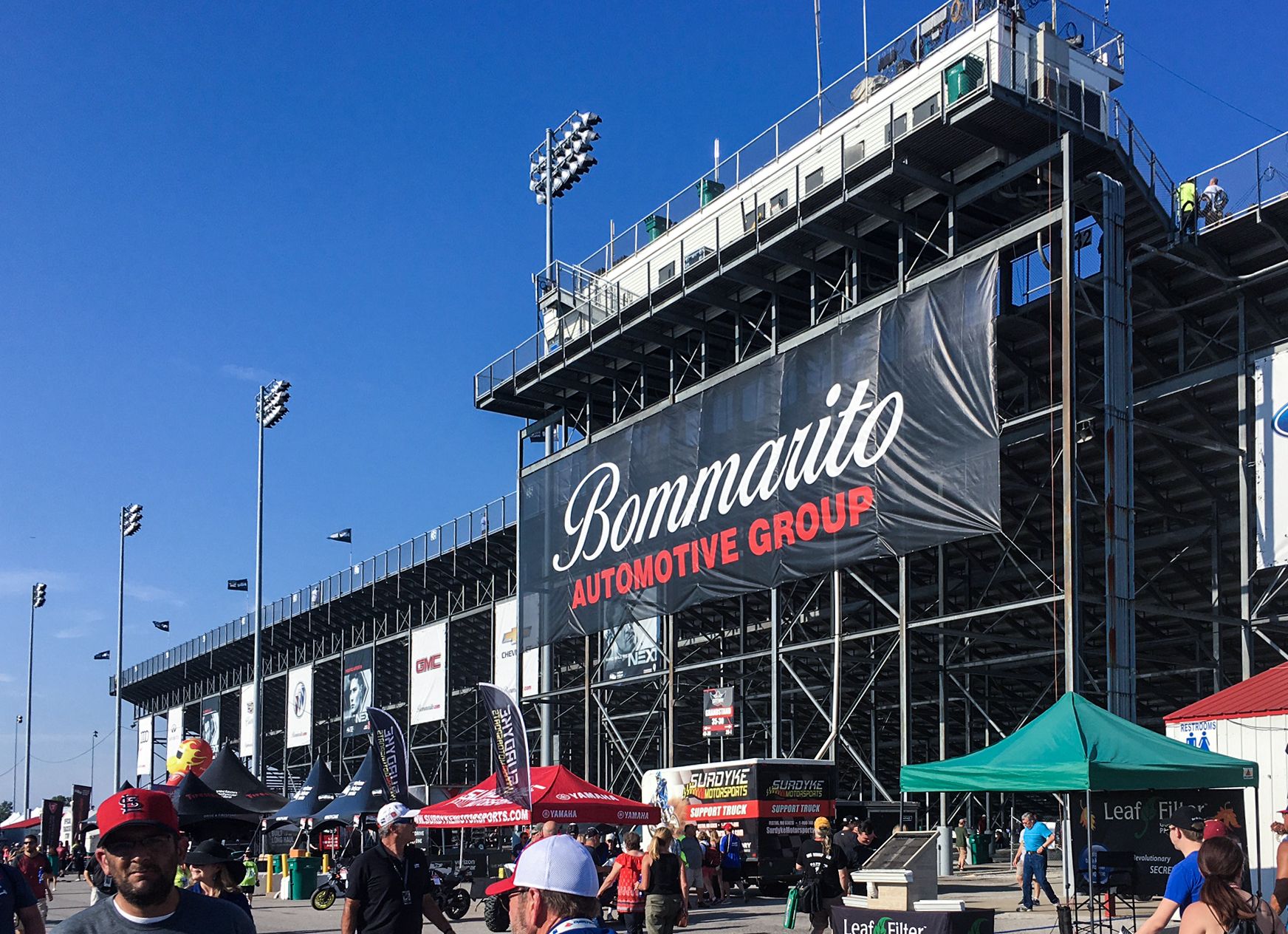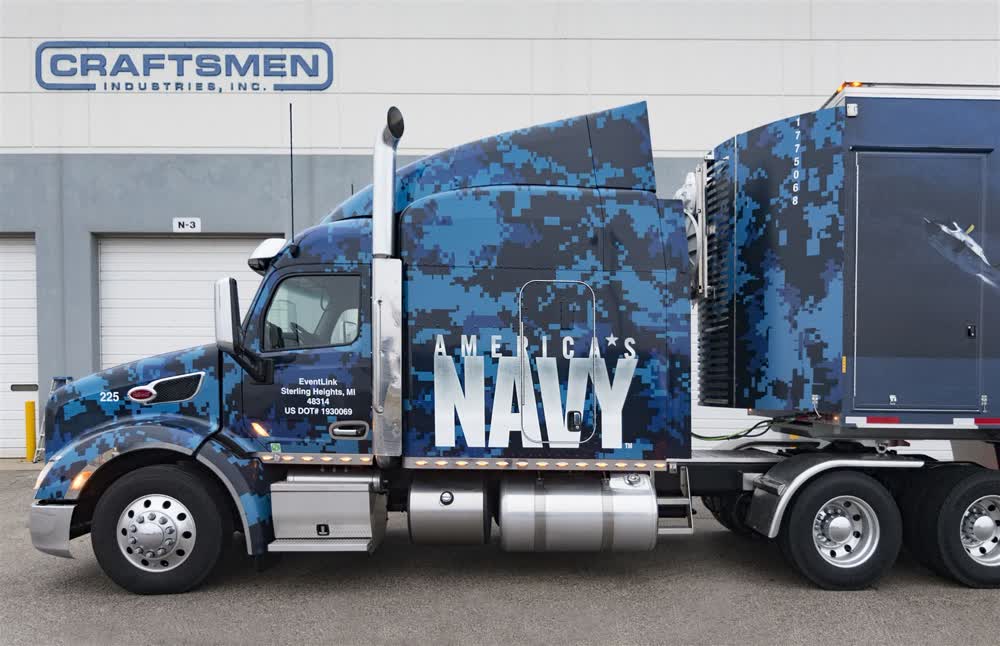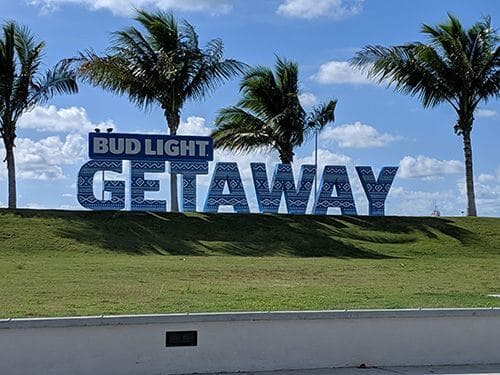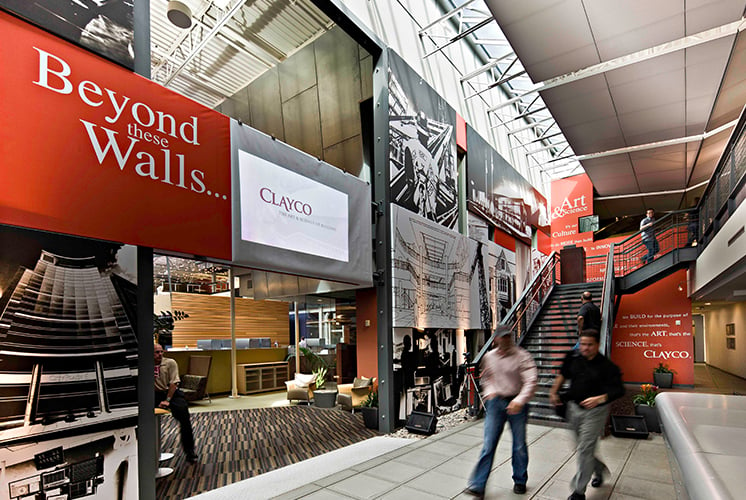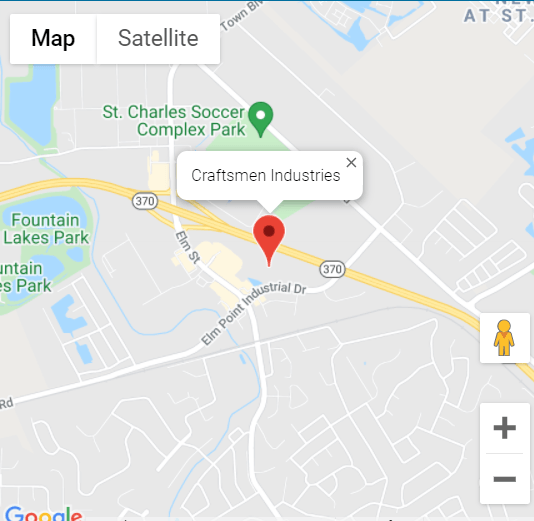ADA Signage
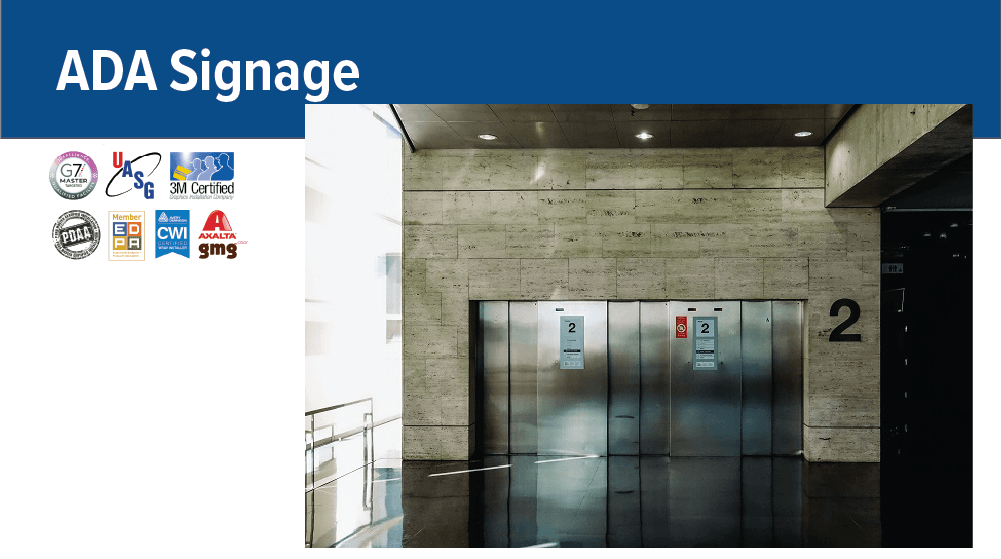
ADA Signage
ADA signage, or signage that complies with the Americans with Disabilities Act (ADA), is designed to make public spaces accessible to individuals with disabilities. There are several types of ADA signage, each serving a specific purpose and following guidelines set by the ADA to ensure accessibility.

Here are some common types of ADA Signage:
1. Room Identification Signs: These signs are used to label and identify different rooms or spaces within a building. They typically include the room's name or number and often incorporate tactile characters and Braille.
2. Exit Signs: ADA-compliant exit signs must include tactile characters and Braille, making them accessible to individuals with visual impairments.
3. Restroom Signs: Restroom signs are designed to indicate the location of restrooms and should include tactile characters, pictograms representing gender or accessibility, and Braille.
4. Directional Signs: These signs provide directions to various facilities or areas within a building, such as stairs, elevators, or accessible entrances. They may include tactile arrows and Braille.
5. Informational Signs: ADA-compliant informational signs convey important information, such as regulations, safety instructions, or facility rules. These signs may also include tactile characters and Braille.
6. Parking Signs: ADA parking signs are used to designate accessible parking spaces. They include the International Symbol of Access (wheelchair symbol) and are often mounted at accessible parking spaces and along access aisles.
7. Wayfinding Signs: Wayfinding signs help individuals navigate large complexes like hospitals, airports, or campuses. They provide directions to specific destinations and may incorporate tactile information.
8. Elevator Signs: Elevator signs indicate the location of elevators and often include Braille and tactile information about floor numbers and directions.
9. Stair Signs: These signs provide information about stairs, such as floor levels and directions, using tactile characters and Braille.
10. Fire Safety Signs: ADA-compliant fire safety signs are used to convey important emergency information, including evacuation routes, the location of fire extinguishers, and emergency contact information. These signs may also incorporate tactile characters and Braille.
11. Custom Signs: In addition to standard ADA signs, custom signs can be designed to meet specific needs while still adhering to ADA guidelines. These may include signs for unique facilities, businesses, or branding purposes.
It's important to note that ADA signage must meet specific requirements regarding color contrast, font size, and mounting height to ensure accessibility for individuals with disabilities. Additionally, Braille characters must comply with tactile standards, and pictograms should be easy to understand. Compliance with ADA signage regulations is essential for making public spaces inclusive and accessible to all individuals.
Contact us to find out how Craftsmen
can turn your branding dream into a reality
or Call Today 800.373.3575
Full-Service In-House Graphics Department
Full-Service In-House Graphics Department

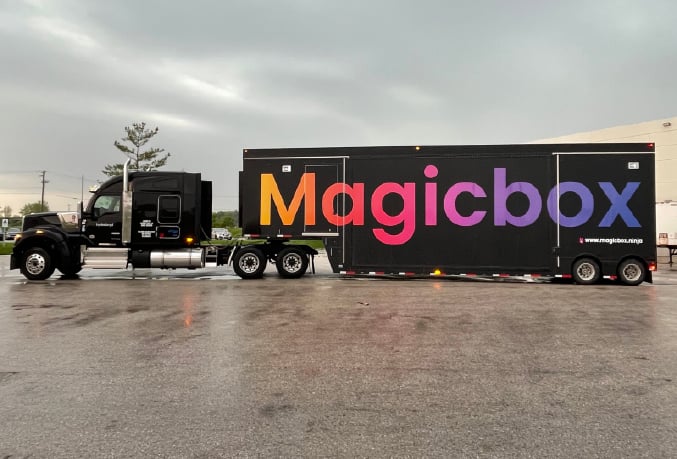
"If you want to build the impossible, Craftsmen has the tools and talent. They are more like a Venture partner than a builder."
Founder & CEO
Magicbox
Magicbox
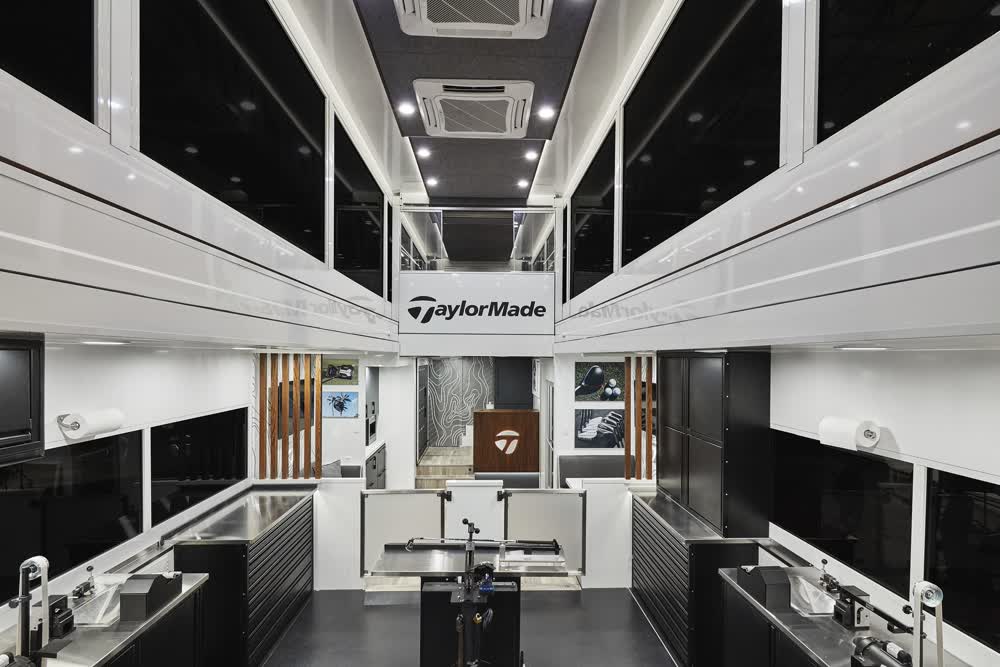
"Craftsmen, hands down, had the best ideas, best drawings. They were as passionate about the project as I was. I don't know why anyone would go anywhere else."
PGA Tour Technician
TaylorMade
TaylorMade
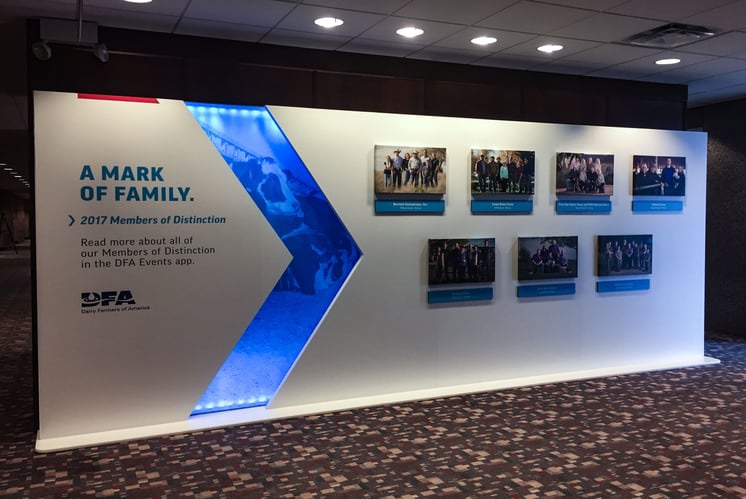
"High caliber work, great crew of talented workers who come up with creative solutions and are easy to work with, overall great partners."
Creative Director
Dairy Farmers of America
Dairy Farmers of America
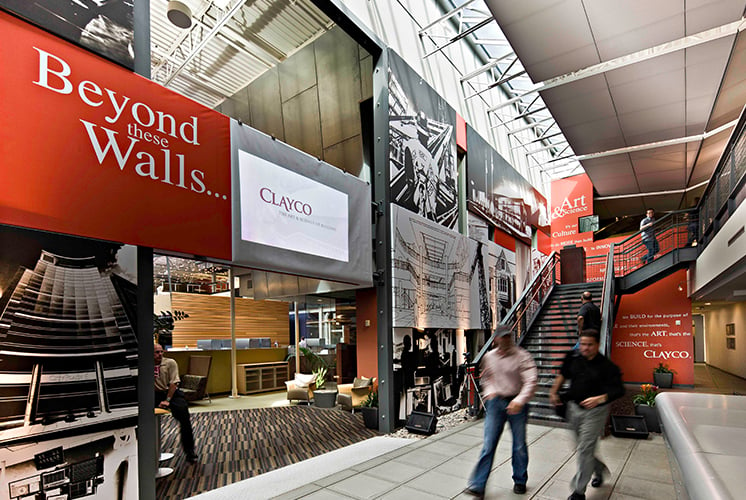
"The team at Craftsmen is top notch and they always get the job done no matter the deadline. I consider them an extension of our team - a true partner!"
Executive Director
Clayco
Clayco

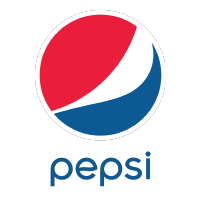
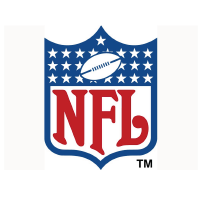



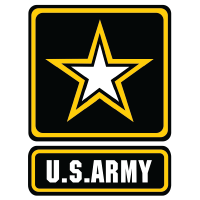

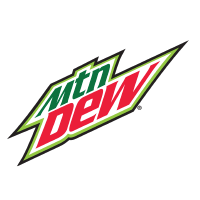
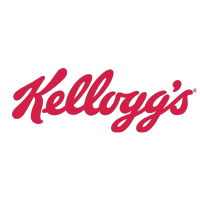

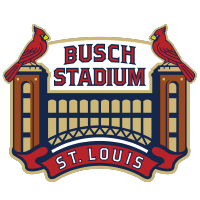


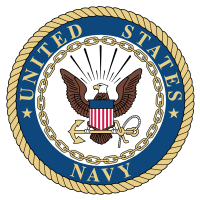
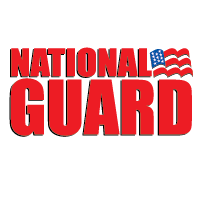
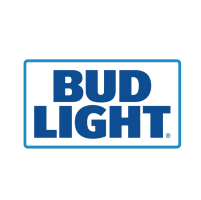

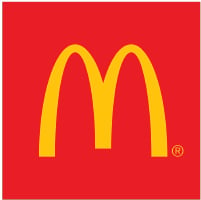

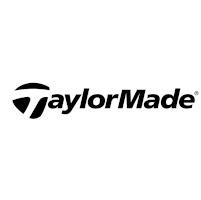
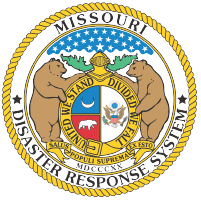
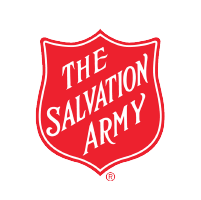

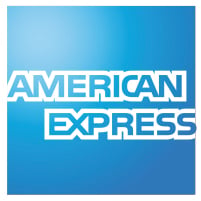
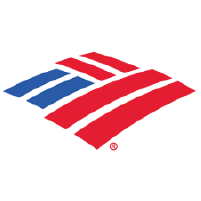
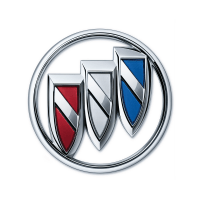





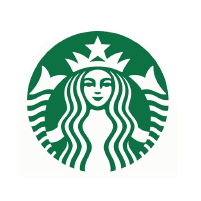




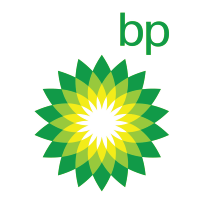
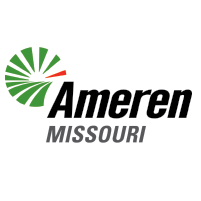

ADA Signage | Custom ADA-Compliant Signs by Craftsmen Industries
Ensure accessibility and compliance with high-quality ADA signage from Craftsmen Industries. Our expertly crafted signs meet all Americans with Disabilities Act (ADA) regulations, providing clear, legible, and durable solutions for businesses, offices, healthcare facilities, and public spaces.
As a 3M™ Certified Graphics Installation Company, we guarantee precision, compliance, and longevity. Backed by PDAA and UASG-certified installers, we provide nationwide ADA signage solutions to help businesses create inclusive, legally compliant environments.
Why Choose Craftsmen Industries for ADA Signage?
Craftsmen Industries specializes in custom ADA signage designed for compliance, durability, and aesthetic appeal. Our signs ensure accessibility for all individuals, meeting federal and local regulations.
-
- Fully ADA-Compliant Designs – Meets federal ADA guidelines for visibility and accessibility.
- Raised Tactile Text & Braille – Ensures readability for visually impaired individuals.
- 3M™ Certified Installation – Professional application for long-lasting results.
- Durable, High-Quality Materials – Acrylic, metal, plastic, and more.
- Custom Branding & Aesthetic Appeal – Functional yet visually seamless signage.
- PDAA & UASG Certified Installers – Ensuring precise, professional installations nationwide.
Get ADA-Compliant Signage That Matches Your Brand!
Maintain legal compliance while enhancing your space with professional, stylish ADA signage. Contact Craftsmen Industries today for a free consultation and ensure your facility is accessible to everyone!
What Is ADA Signage?
ADA signage refers to signs designed to comply with the Americans with Disabilities Act (ADA), ensuring public spaces are accessible to all individuals, including those with visual or mobility impairments. These signs use raised lettering, Braille, high-contrast colors, and clear symbols for easy readability.
Common uses of ADA signage include:
-
- Wayfinding & Directional Signs – Clearly mark exits, restrooms, and accessible routes.
- Room Identification Signs – Label offices, meeting rooms, and common areas.
- Emergency & Safety Signs – Indicate fire exits, stairways, and emergency procedures.
- Restroom & Accessibility Signs – Ensure compliance with accessible facility markings.
- Parking & Entrance Signs – Clearly designate handicapped parking spaces and entry points.
Why Is ADA Signage Important for Businesses?
Proper ADA signage is essential for ensuring inclusivity and avoiding legal penalties. It not only provides necessary information but also creates a welcoming and accessible environment for employees, customers, and visitors. We offer:
-
- Legal Compliance – Avoid fines and penalties by meeting ADA requirements.
- Enhanced Accessibility – Ensure all visitors, including those with disabilities, can navigate your space.
- Improved Safety – Clearly mark exits, hazards, and emergency routes.
- Professional & Polished Look – Blend compliance with attractive design elements.
- Increased Customer Satisfaction – Make all visitors feel welcomed and accommodated.
Types of ADA Signage We Offer
Craftsmen Industries provides a wide range of ADA-compliant signage solutions to meet the needs of businesses, hospitals, schools, and public buildings. Common ADA Signage types include:
-
- Room Identification Signs – Clearly label office doors, conference rooms, and public spaces.
- Wayfinding & Directional Signs – Help visitors navigate large buildings easily.
- Restroom Signs – Mark accessible restrooms with appropriate symbols and Braille.
- Exit & Stairwell Signs – Ensure emergency exits and stairways are clearly marked.
- Parking & Accessibility Signs – Designate handicap-accessible parking and entrances.
- Safety & Compliance Signs – Indicate fire alarms, hazardous areas, and emergency equipment.
- Tactile & Braille Signs – Raised text and Braille elements for visually impaired accessibility.
- Custom ADA Signs – Designed to match your brand while meeting compliance standards.
Materials for ADA Signage
Our ADA signage is crafted using durable, high-quality materials designed for long-term use in indoor and outdoor environments. Some of the commonly used material include:
-
- Acrylic Signs – Sleek, modern, and durable for professional spaces.
- Metal & Aluminum Signs – Weather-resistant options for outdoor and parking areas.
- Wood & Engraved Signs – Adds warmth and elegance while maintaining compliance.
- Plastic & PVC Signs – Cost-effective and versatile for various applications.
- Photopolymer Signs – Tactile, fully integrated designs with raised text and Braille.
ADA Sign Requirements
When designing ADA-compliant signage, businesses must follow strict Americans with Disabilities Act (ADA) regulations to ensure accessibility for all individuals. Below are some key requirements to consider when planning your signage.
Key ADA Signage Requirements:
-
- Raised Characters & Braille
- Text must be raised at least 1/32 inch from the background.
- Grade 2 Braille must be included for visually impaired individuals.
- Characters must be uppercase, in a sans-serif font, and easily readable.
- High Contrast & Non-Glare Finish
- Signs must have high contrast between text and background for readability.
- A non-glare finish is required to prevent reflection and enhance visibility.
- Mounting Height & Placement
- Signs must be mounted 48–60 inches from the floor to ensure accessibility.
- They should be placed on the latch side of doors for easy identification.
- Pictograms & Symbols
- Restroom, elevator, and accessible facility signs must include universal pictograms.
- Pictograms must be at least 6 inches high with accompanying text below.
- Font & Lettering Requirements
- Characters must be at least 5/8 inch but no larger than 2 inches in height.
- Decorative or script fonts are not allowed—text must be clear and easy to read.
- Illuminated & Emergency Signage
- Exit and emergency signs must be illuminated and include tactile elements.
- Photoluminescent materials are required in some cases for visibility in low light.
- Directional & Wayfinding Signage
- ADA-compliant wayfinding signs must be placed in consistent, easily visible locations.
- Arrows, symbols, and Braille must be included for universal understanding.
- Raised Characters & Braille
Following these ADA sign regulations ensures legal compliance, improved accessibility, and a welcoming environment for all visitors. Craftsmen Industries specializes in designing and installing custom ADA signage that meets all federal and local requirements while maintaining a professional and attractive look.
Illumination Options for ADA Signs
Adding lighting to ADA signage improves visibility and enhances safety, especially in emergency situations.
Lighting Options for ADA Signage:
-
- Backlit ADA Signs – Improves readability in dimly lit areas.
- Edge-Lit Signs – Creates a sleek, modern aesthetic with enhanced visibility.
- Photoluminescent Signs – Glows in the dark for emergency use.
- Overhead Lighting Integration – Spotlights key signage for improved clarity.
Our ADA Signage Installation Process
Craftsmen Industries ensures that all ADA signage meets legal requirements while providing professional, high-quality design and installation.
-
- Consultation & Compliance Review – Assessing your space and ensuring compliance.
- Custom Design & Material Selection – Choosing the right colors, fonts, and materials.
- Precision Fabrication – Using advanced technology for accurate, ADA-compliant signage.
- Site Preparation & Installation – Secure mounting by PDAA & UASG-certified installers.
- Final Inspection & Compliance Check – Ensuring proper placement and readability.
- Ongoing Maintenance & Support – Assistance with future updates or replacements.
Where Is ADA Signage Required?
ADA-compliant signage is mandatory in many industries and public spaces to ensure accessibility. Industries That Require ADA Signage include:
-
- Corporate Offices & Workspaces – ADA-compliant room labels and wayfinding signs.
- Retail Stores & Shopping Centers – Accessible entry points, restrooms, and fitting rooms.
- Healthcare Facilities & Hospitals – Clear directional signage and emergency exits.
- Hotels & Hospitality – Room numbers, lobby signage, and Braille wayfinding.
- Educational Institutions – Classroom identification and accessibility signs.
- Government & Public Buildings – Compliance with federal ADA regulations.
- Restaurants & Cafés – Accessible seating areas and restroom markers.
Frequently Asked Questions
1. What makes signage ADA-compliant?
ADA signage must include raised lettering, Braille, high-contrast colors, and proper mounting heights to ensure visibility and accessibility.
2. Do all businesses need ADA signage?
Yes, any business or public facility must comply with ADA regulations to avoid legal penalties and ensure accessibility for all visitors.
3. Can ADA signs be customized to match my branding?
Absolutely! We design ADA-compliant signs that align with your brand’s colors, fonts, and aesthetics while maintaining required compliance features.
4. How long does it take to produce ADA signage?
Production times vary based on complexity, but most custom ADA signs are ready within 7–14 business days.
5. Do you provide nationwide ADA signage installation?
Yes, our PDAA & UASG-certified installers provide professional ADA signage installation across the U.S.
Ensure Compliance & Accessibility with Custom ADA Signage!
Create an inclusive, legally compliant space with high-quality ADA signage from Craftsmen Industries. Our expert team designs, fabricates, and installs signs that meet federal regulations while complementing your brand.
Contact us today for a free consultation and let’s create the perfect ADA signage for your facility!
Request a Quote
Contact Information
3101 Elm Point Industrial Drive
St. Charles, MO 63301
1.800.373.3575
Contact Us

.jpg?width=1000&height=800&name=ADA-1%20(1).jpg)
.jpg?width=1000&height=800&name=ADA-3%20(1).jpg)
.jpg?width=1000&height=800&name=ADA-5%20(1).jpg)
.jpg?width=1000&height=800&name=ADA-4%20(1).jpg)
.jpg?width=1000&height=800&name=ADA-2%20(1).jpg)

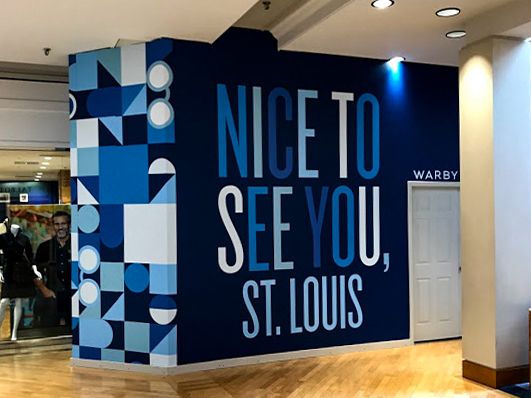
%202.jpg)
